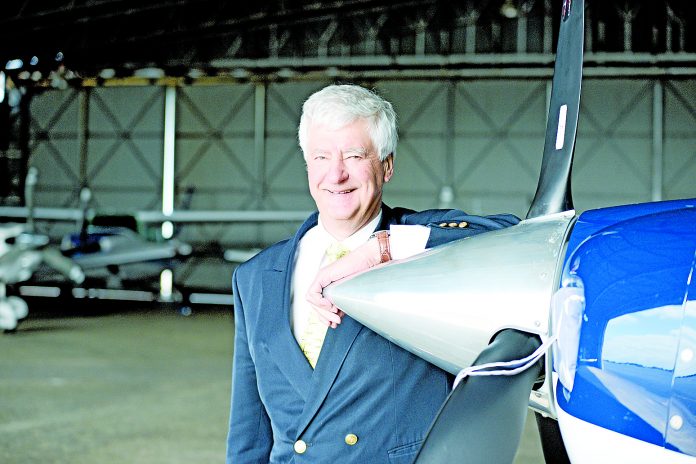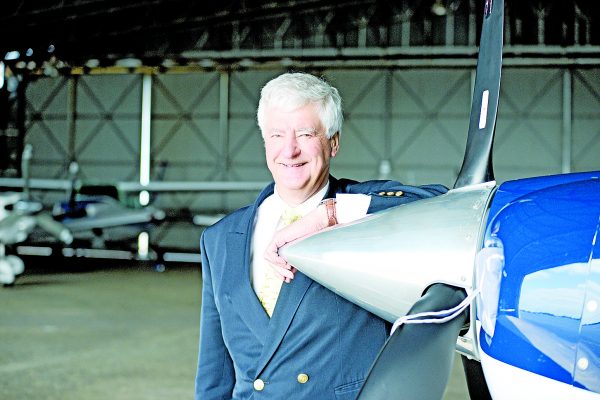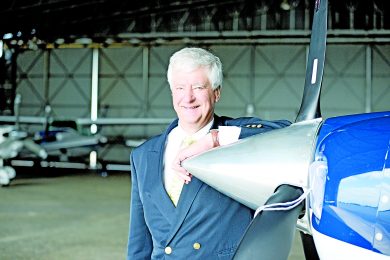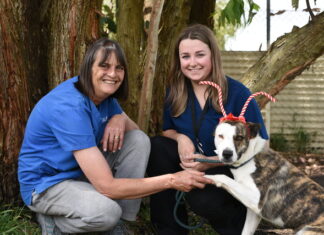

AN INDEPENDENT probe into the $9.2m Mount Gambier Airport redevelopment has foreshadowed the project could potentially fuel millions of dollars in boosted productivity.
The prudential review also found no reason why Grant District Council should not progress with the major project.
Funded by an inter-governmental funding arrangement, the project has the potential to drive an upswing in tourism, business and investment activity.
The upgrade is poised to usher in a new era for the airport given the blueprint includes a $4.4m expansion and refurbishment of the terminal.
Importantly, a baggage carousel will be installed for the first time and the runway extended to accommodate larger aircraft at the regional aviation gateway.
Mount Gambier Airport Advisory Committee presiding member David Herbert – who is a recreational pilot – yesterday welcomed the looming upgrade of the commercial airfield.
Describing the project as a milestone for the region, he said the infrastructure overhaul was critically important to the region’s economy.
“The upgrade will provide a facility that will encourage more charter flights, which includes Generations in Jazz with charter aircraft coming from interstate,” Mr Herbert said.
He said charter aircraft, from Queensland and perhaps Western Australia in the future, would be able to land in Mount Gambier and take off with full fuel.
Mr Herbert said the expanded apron facilities would also allow larger aircraft to park overnight at the facility.
“The upgrade of the facilities will take the airport a step forward,” he explained.
Mr Herbert – who is also a veteran realtor – revealed overseas investors had been “very active” in canvassing potential investment opportunities in the Green Triangle.
“We are dealing with people in South Australia at the moment who see one hell of a lot of potential in the Green Triangle for horticulture and agriculture,” he said.
Not only were there opportunities in agricultural airfreight, he said many of the high-end investors also wanted to fly into the region on private aircraft.
“That’s why we need a really good airport. The larger terminal will also cater for larger aircraft in years to come,” Mr Herbert said.
“The aircraft that are operating here at the moment are not made any more, so sooner or later we are going to need bigger aircraft.”
Grant District Council – which has owned the commercial airfield since 1989 – has recently released the prudential report for the project, which is likely to get under way this year.
According to the detailed report, the development could potentially drive productivity benefits as high as $14.3m under a high impact scenario.
The agricultural sector could also see up to $73.5m – in a high impact scenario – generated by the upgrade, along with 136 full-time jobs.
“Nothing has been identified in the preparation of this prudential review to suggest Grant District Council has not put in place (or proposes to) sound and appropriate financial and governance systems/processes,” the report said.
“No issues have been identified in the review that should suggest the council should not proceed with the project.”
The redevelopment blueprint includes increasing the length of the runway to accommodate larger aircraft, including jet aircraft such as the Fokker F10 or the Embraer EBM170.
This work will also better cater for fire-bombers during the fire season.
Construction of a new heavy apron for overflow aircraft is also part of the plan, as well as an upgrade to the airfield’s light control system.
Terminal improvements are included for the baggage collection, cafe lounge, departure lounge, check-in hall, entrance and toilets.
The prudential review also took into account the reduced head tax income following the historic “community fare” partnership deal with Regional Express.







